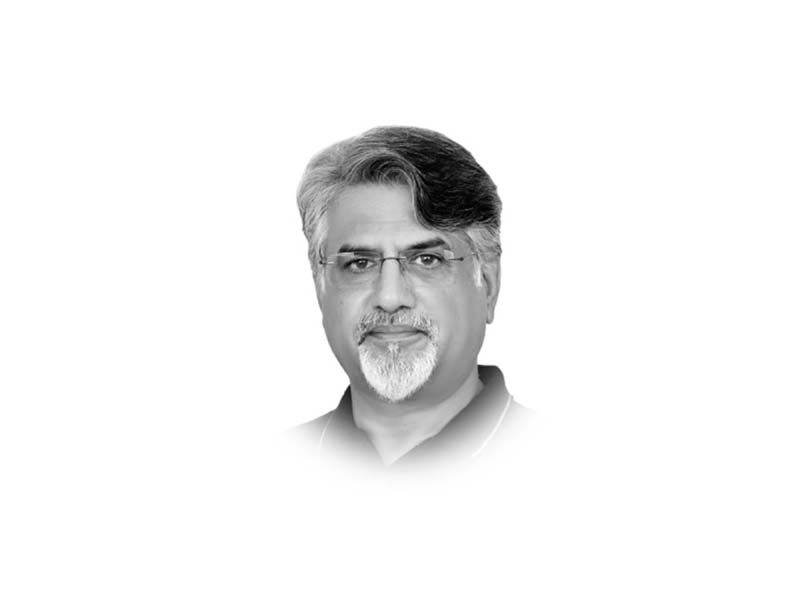
As a student of geopolitics, I am studying the Russian history and my eyes are set on the next great frontier — the Arctic. I know I cannot complete my arguments in one piece but I intend to lay out the short history and geographical part of the Artic geopolitics in today’s article and will come to the political and strategic part in the next articles. Arctic region has already been added by President Vladimir Putin in the sphere of Russian influence. As students of history, we know that two fundamental factors paly a dominant role in starting all wars — fear and greed. Artic provides short routes for military and commercial shipping and great powers are fearful that if they don’t dominate and safeguard these routes in coming future, they will lose their influence and control in Arctic — this is the fear part. The greed part is that there are these natural riches of the region that great powers want to own. So, when the focus of the world will finally shift from the war in Ukraine and the trouble in the Middle East, the next big battle frontier will be the Arctic. This assumption is based on some of the climate prediction models that already suggest that the great Arctic will be ice-free during the summer by the end of this century. That being the case, with the passage of time and in the coming years the great Artic game which has already started will only gain speed.
I am at Tomsk, which is one of the oldest cities of Siberia in Russia. I have been here for three months before spending about six months in the city of Kazan. These days the small window of summers is upon the city and as this window closes winters will be back with usual snowfall and chilling cold. Tomsk is an educational and scientific centre with six state universities consisting of over 100,000 students that come to study from all over the world but mainly from Asia, South East Asia, Latin America, Africa and former Soviet Republics. I am glad that I am getting an opportunity to be part of the teaching faculty and get an opportunity to profess in one of the finest universities here in the city. Because of the academic break many students have headed back home and those that are staying behind, the break provides them an ample opportunity to enjoy the leisure time and indulge in activities that give them most pleasure. Mine is reading and although I am focused on reading the overall Russian history, these days I am locked on reading and understanding the history of Siberia the northern border of which is the coastline on the Arctic. The word artic comes from the Greek word arktikos which means ‘near the bear’. It is a reference to the Ursa Major constellation popularly known as Great Bear, the last two stars of which point towards the North Star.
Siberia is actually divided into three horizontal zones — north, middle and the south. The north zone is from the Arctic coastline to 300 to 400 km south inside the mainland. This territory is called ‘Tundra’ which means treeless plain. This zone showcases frost-molded landscapes and extremely low temperatures. The middle zone is called Taiga which means wildlife and it extends from the Ural Mountains in the west to the Okhotsk Sea in the Western Pacific. The middle zone showcases forests and swamps. Finally, the south zone of which Tomsk is a part is known as steppes. This is the black earth arable land. If we talk of Eurasia, the Steppe extends some 8,000 km stretching from Hungary in the west through Ukraine and Central Asia to Manchuria in China in the east. But in the context of Siberia, Steppe extends from the Ural Mountains in the west to the Mongolian border in the south.
Siberia is spread from west to east from the Urals to the Pacific and from the south to the north from the borders of Mongolia to Arctic coastline — all put together an area of 5 million square miles which amounts to 7.5% of the global surface. In the 13th century during the era of Mongol Empire, Western Siberia and Russia belonged to the Mongol administrative division of Golden Horde. In 1240, advancing toward Europe, the Mongols captured Kiev, razed the city to the ground, and subjected the people to indiscriminate massacre. Only the death of Ogdai, Genghis Khan’s successor, brought the onslaught to an end. When Russia finally freed itself from the Mongol yoke in 1480 the Ob River represented the eastern limit of the known world to Russia towards the east. It was not until the capture of Kazan that the route into the Khanate was opened from the south by Russia and it is only then that Russia started knowing about the Greater Siberia that comprised the whole of the northern Asia between the Urals and the Pacific Ocean. The Tartar khanate of Kazan which acted as a buffer state between Russia and Siberia fell in 1552 to the armies of Ivan the Terrible. Thereafter, Russia started establishing its authority over a thousand miles of territory. Tomsk was established in 1604 as a major outpost to guard against the raids of Central Asian nomads from the south. Vasco de Balboa the Spaniard who had discovered Pacific in the east through Panama, the Russians in 1639 and one hundred and twenty-seven years later discovered the Pacific from the west. After the death of Ivan the Terrible, a Russian national assembly elected a new tsar — the 16 years’ old Mikhail Romanov, grand-nephew of Anastasia, Ivan the Terrible’s beloved first wife. As we know that for the next three hundred years the Romanov family would rule Russia until the Russian revolution in 1917. Since then Russia has become a great power and the most powerful and enabled to tackle the severity of conditions in the Arctic region.
The world has termed the 21st Century as the Asian Century but in the coming years and decades Artic will play a huge role in how it will affect the politics and economy of Asia. The polar route as it is called and which connects Europe to Asia through the Artic is currently navigable only by the use of icebreakers but as the ice extent in Artic reduces it is expected to become more navigable. When that happens, it will become the next game changer and the final frontier on which battles will be fought, won and lost for the want of fear and greed. Who is the most well-prepared power to fight these battles in the coming future is a subject that I will reflect upon in my next article.














COMMENTS (2)
Comments are moderated and generally will be posted if they are on-topic and not abusive.
For more information, please see our Comments FAQ